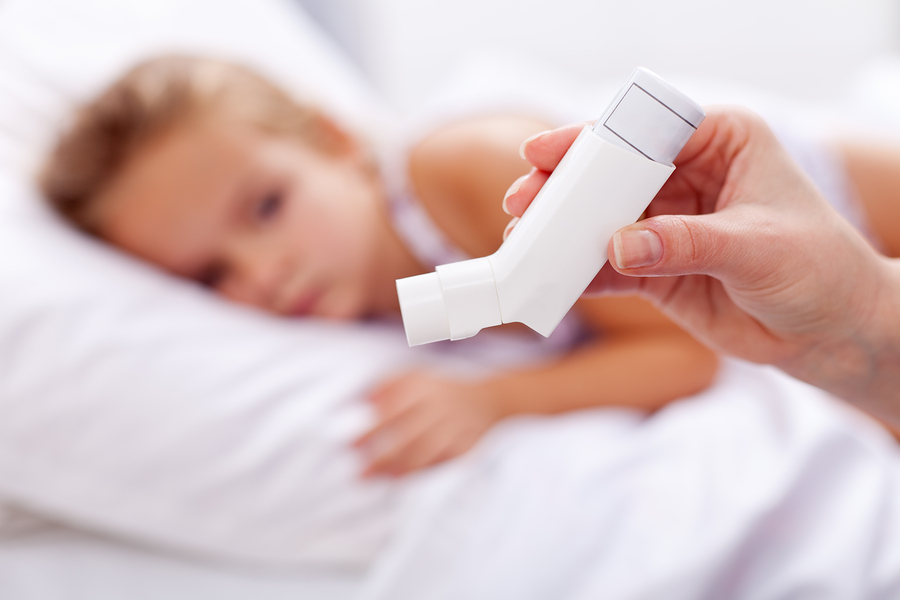
How To Breathe Easy
The winter season is one of the most difficult times for asthmatics to breathe.
For many asthmatics, symptoms often rise after a cold or flu. These respiratory infections cause added stress and inflammation to the respiratory tract that may snowball into an asthmatic reaction.
To keep a handle on asthma attacks during the cold-weather months, Follow the Steps below
WASH YOUR HANDS
Washing your hands properly and frequently with soap and water is one of simplest and best ways to avoid spreading or catching colds and other viruses.
DON’T SIT BY THE FIREPLACE
Burning wood is like burning tobacco and its smoke can irritate your lungs, especially when you have asthma.
KEEP YOUR MOUTH CLOSED
Breathe through your nose, not by your mouth. Another way to warm and humidify the air you breathe is to wear a scarf or muffler over your nose and mouth.
REPLACE FILTERS
Your home heating system may blow dust and debris throughout your house, especially when you first start it up for the winter. Clean and check the filters periodically throughout the heating season to avoid issues with winter asthma.
EXERCISE INDOORS
Avoid exercising outside in chill wind. Going to the gym instead of exercising outside is better, Since “The temperatures and the humidity in the gym are less likely to cause a problem than chill wind.
WARM UP BEFORE WORKING OUT
People with asthma recover faster and have greater lung function after exercising when they are warmed up. This is important whenever you work out, but especially in winter.
TAKE PREVENTIVE DOSE
Take a preventive dose of your asthma medicine before heading outside, whether to exercise, walk the dog, or run errands. “You may need a bronchodilator at least a half-hour before you’re heading out in the cold.
TAKE YOUR MEDICATIONS
Create an effective treatment plan under the guidance of your doctor or asthma specialist and continue to get regular checkups. Don’t let a busy work or social schedule cause you to ignore your health.
